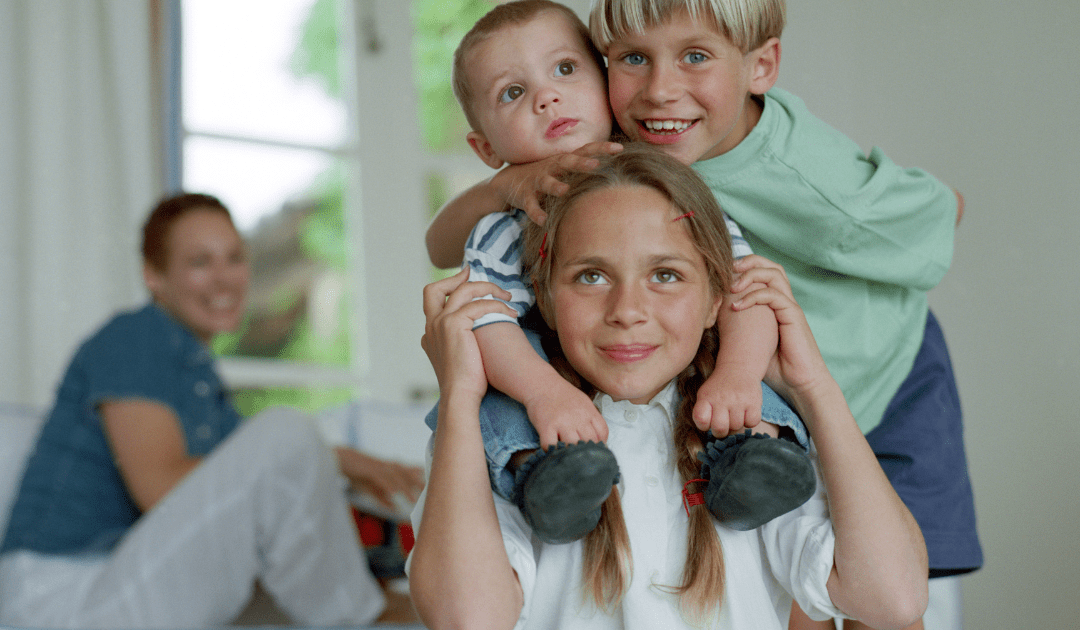Sibling relationships are intricate and often play a significant role in shaping a child’s social skills and emotional development. When one of the siblings is on the autism spectrum, these interactions can take on a distinct character. Understanding and fostering these relationships can contribute to positive growth and connection within the family unit.
In this blog, we’ll explore the dynamics of sibling interactions involving an autistic child and provide insights on how to nurture these unique bonds.
- Embrace Individuality and Differences: Each child, whether neurotypical or on the autism spectrum, has their unique strengths, interests, and challenges. Encourage an atmosphere of acceptance and understanding within your family. Help both siblings recognize and celebrate each other’s individuality, fostering an environment where differences are valued.
- Facilitate Communication: Communication is key to building any relationship. For a child with autism, verbal and nonverbal communication might be different. Teach the neurotypical sibling about their autistic sibling’s communication style, whether it’s through gestures, pictures, or speech. Encourage open conversations, answering questions, and fostering patience in both children.
- Engage in Shared Activities: Find activities that both siblings can enjoy together. Choose options that align with the interests and preferences of the autistic child, while also considering sensory sensitivities. Shared activities create opportunities for bonding and shared positive experiences, strengthening the sibling connection.
- Promote Empathy and Understanding: Help the neurotypical sibling develop empathy and understanding towards their autistic sibling’s challenges. Explain autism in age-appropriate terms and discuss how it might impact their brother or sister’s behavior and emotions. Teach them to be patient, supportive, and inclusive.
- Create Structured Playtime: Structured playtime can be beneficial for both siblings. It provides a clear framework for interaction, reducing potential misunderstandings and conflicts. Consider incorporating elements of your autistic child’s therapy techniques into play, turning them into enjoyable and educational experiences for both siblings.
- Celebrate Achievements Together: Acknowledge and celebrate the accomplishments of both siblings, big or small. Whether it’s a milestone in therapy for the autistic child or an achievement in school for the neurotypical sibling, celebrating together fosters a sense of teamwork and mutual support.
- Provide Individual Attention: Balancing attention between siblings is crucial. While caring for the needs of your autistic child, ensure that the neurotypical sibling receives their fair share of attention and support. Set aside one-on-one time with each child to strengthen your bond with them individually.
Conclusion: Sibling interactions involving an autistic child are rich with opportunities for growth, understanding, and love. Nurturing these unique bonds requires patience, communication, and a commitment to creating an inclusive and supportive environment.
By embracing individuality, promoting empathy, and engaging in shared activities, you can help both siblings build a strong and lasting relationship that contributes positively to their overall development and well-being.

